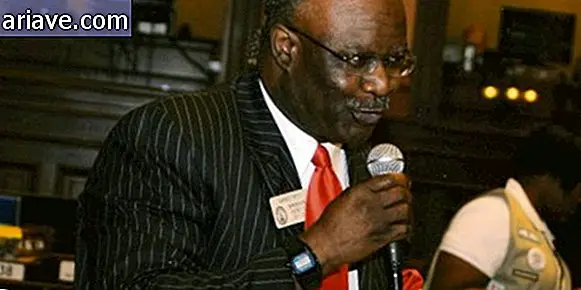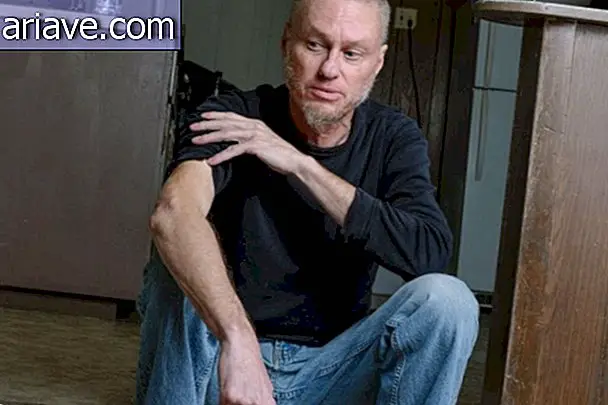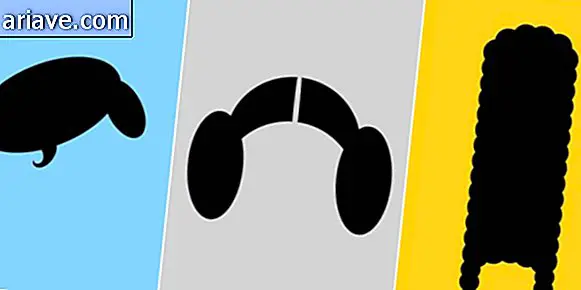Do you know the dramatic story behind this stunning photography?
You may have seen the disturbing image above, right? It was clicked by South African photojournalist Kevin Carter in 1993, and is among the most iconic photos of all time. The portrait is known as "the little girl vulture, " it was recorded near the village of Ayod in Sudan, and it still shocks the world to this day.
In 1993, Carter traveled to Sudan and was on the outskirts of Ayod village when he met the little girl in the picture. She had stopped to rest as she headed for a United Nations-maintained food distribution center. It was then that the vulture landed near the child.
The vulture and the little girl
Carter was careful not to disturb the scene, and waited for about 20 minutes for the vulture to get close enough to the little girl. It was then that he positioned himself to capture the best possible angle and clicked the photograph. After that, the photographer drove the bird away from the child - and became the author of one of the most controversial images in the history of photojournalism.

At the time, Carter revealed that the girl's parents were busy trying to get food from a UN plane, and left the children alone for a moment. This was the situation involving the child of the image, and the photographer recorded the scene at a distance of about 10 meters.
Carter sold the photo to The New York Times, and it was first published on March 16, 1993. The image was so striking that the US publication received hundreds of calls from the US overnight. worried people who wanted to know if the child had survived.
Because of the tremendous repercussions that the image generated, the publication decided to publish a note explaining that the little girl had had enough strength to escape the vulture, but that, unfortunately, The New York Times had no information about what had happened to the girl. .
Criticism
As a result, Carter became the target of a flurry of criticism from people who questioned why he didn't help the little girl - and was accused of just using the girl to take the picture. And not only that: the portrait caused such controversy that, ironically, the photographer came to be called a vulture, and was compared with the predator of the scene.

The photographer was heavily censored by public opinion, and criticized not only for taking the photo instead of scaring off the vulture immediately, but also for not helping the girl after recording the scene - instead of abandoning her to her own devices in a situation. so devastating to try to get to the food distribution center.
What not everyone knew, however, was that at the time the scene was recorded, photojournalists were warned that they should not touch the victims of hunger to prevent the spread of disease, as they were incredibly debilitated. Carter himself even estimated that about 20 people were starving to death at the UN center, so the girl in the picture was no exception.

By the way, when Carter clicked on the portrait of the vulture and the little girl, he was surrounded by armed Sudanese soldiers who were just there to prevent the photographer from interfering with the situation. In any case, the South African has confessed on numerous occasions that he had felt remorse for not helping the girl, although there was not much he could do for her at this stage - even if he had the opportunity.
In 1994, Carter won a Pulitzer Prize for his stunning photography, a recognition that rekindled criticism and accusations against his attitude. Then, in the same year, he unfortunately committed suicide.
Premature death
Carter was part of a select group of photojournalists known as the Bang-Bang Club. These professionals were some of the few who risked facing and documenting unimaginable horrors for most of us. Death was part of the daily life of these photographers, and in Carter's case, she eventually won.

Throughout his career, Carter witnessed through the lens of his camera violent executions, bloody conflicts and starving people, and all of this eventually affected him tremendously. He was only 33 years old when he decided to put an end to his own suffering, and left a suicide note that said:
“I'm very, very sorry. The pain of life overcomes joy to the point that joy doesn't exist ... I'm depressed ... no phone ... money for rent ... money to support children ... money for debt ... money ! ... I am haunted by the vivid memories of deaths and corpses and anger and pain ... of hungry or injured children, of trigger-finger crazy, often police, murderous executioners ... I joined Ken ( Ken Oosterbroek, a photographer friend who had just passed away), if I'm so lucky. ”
* Posted on 11/24/2016











